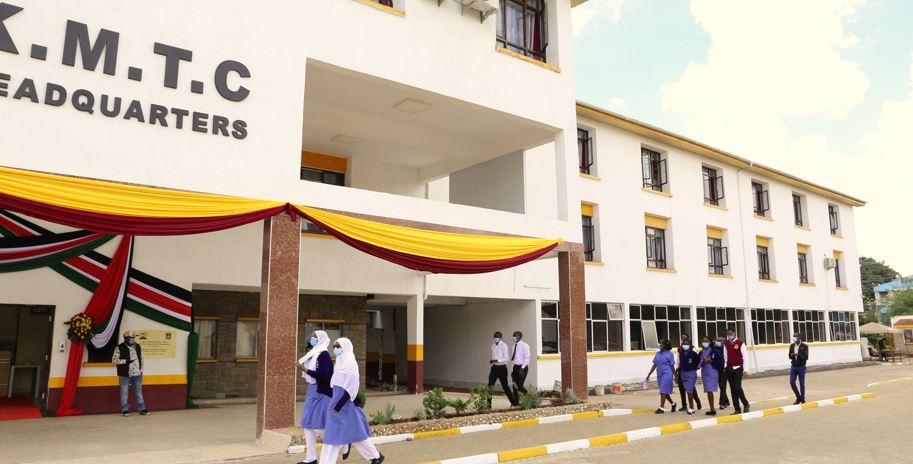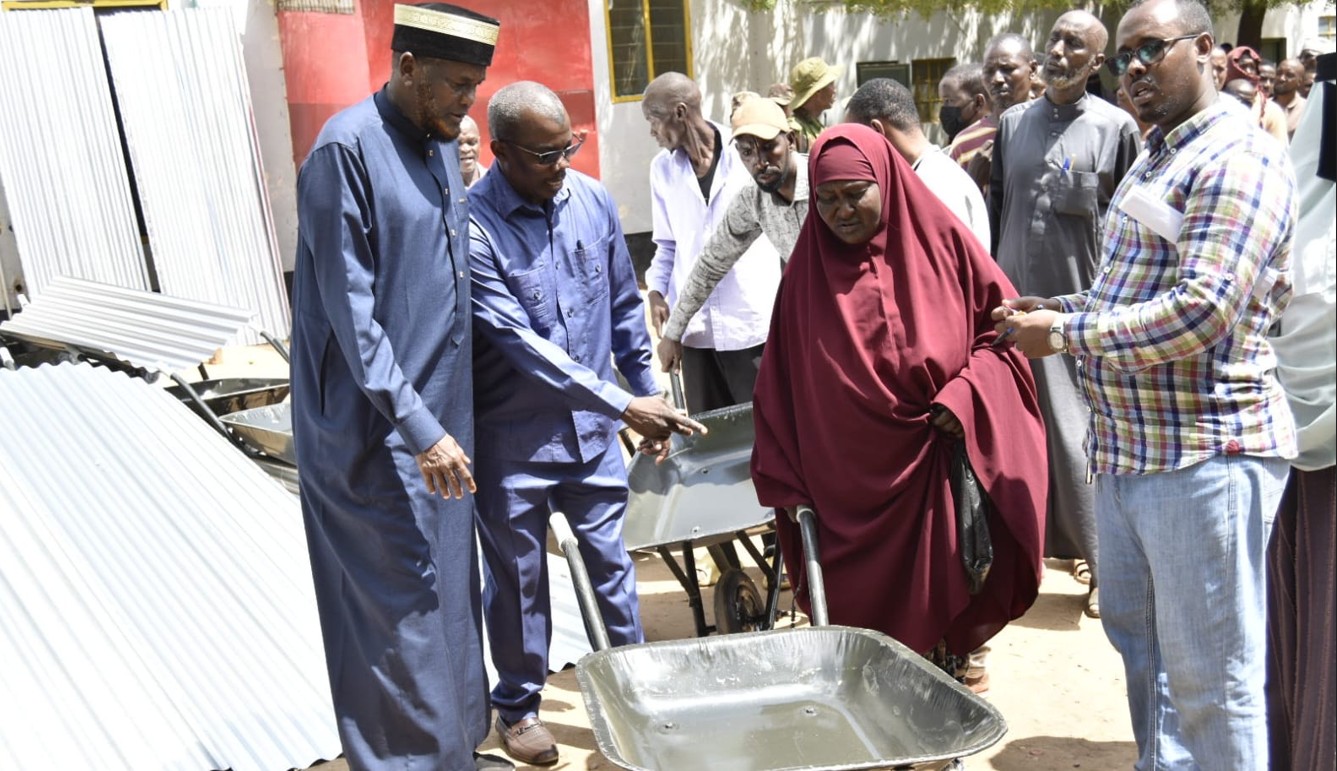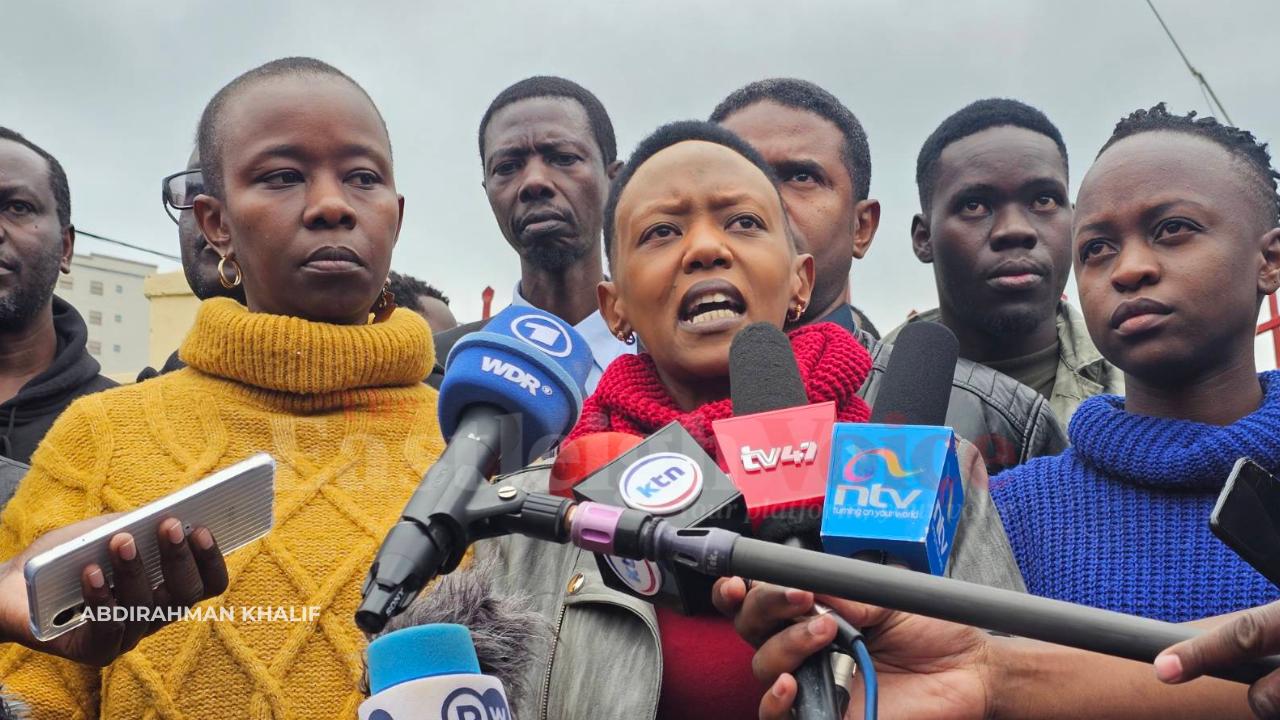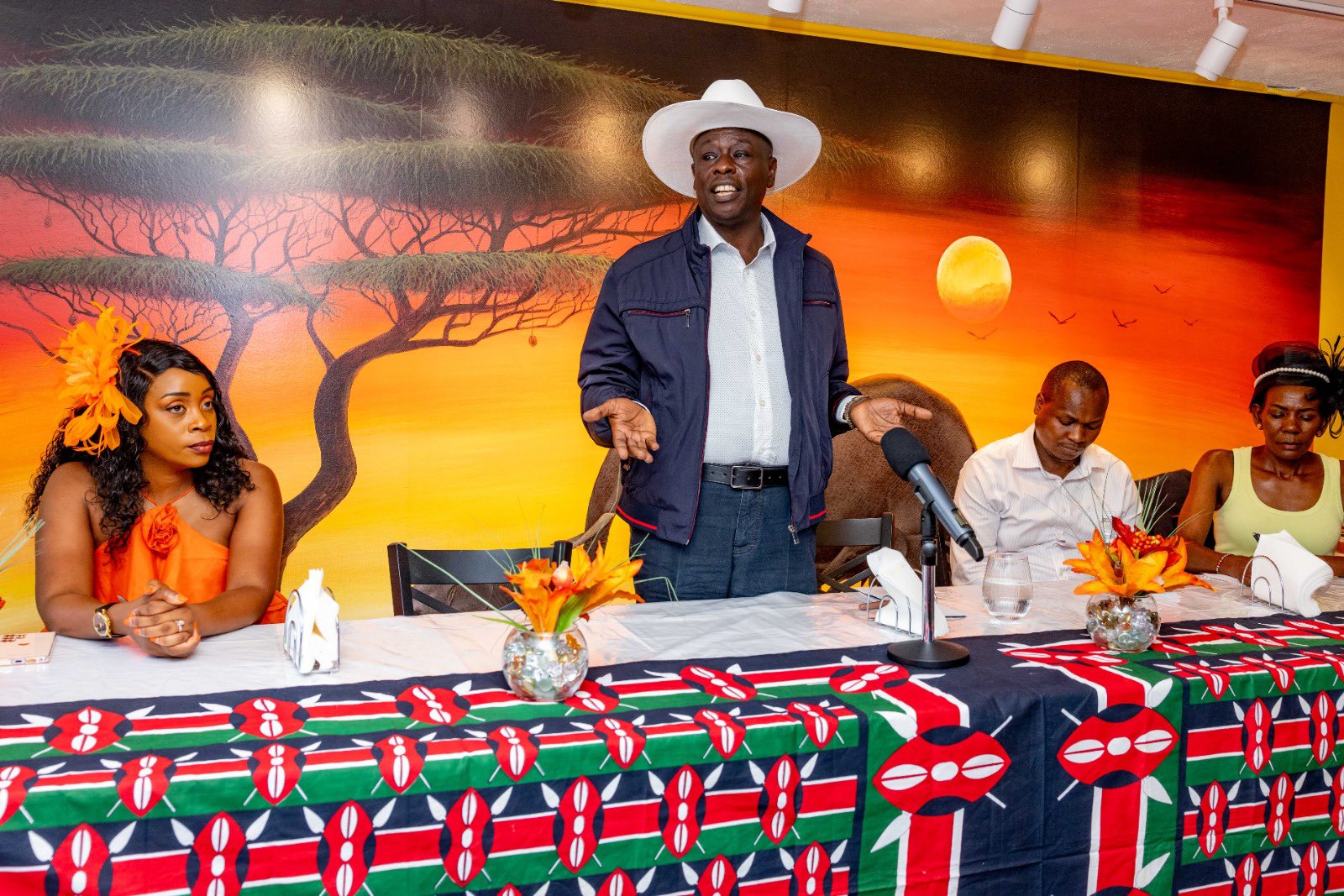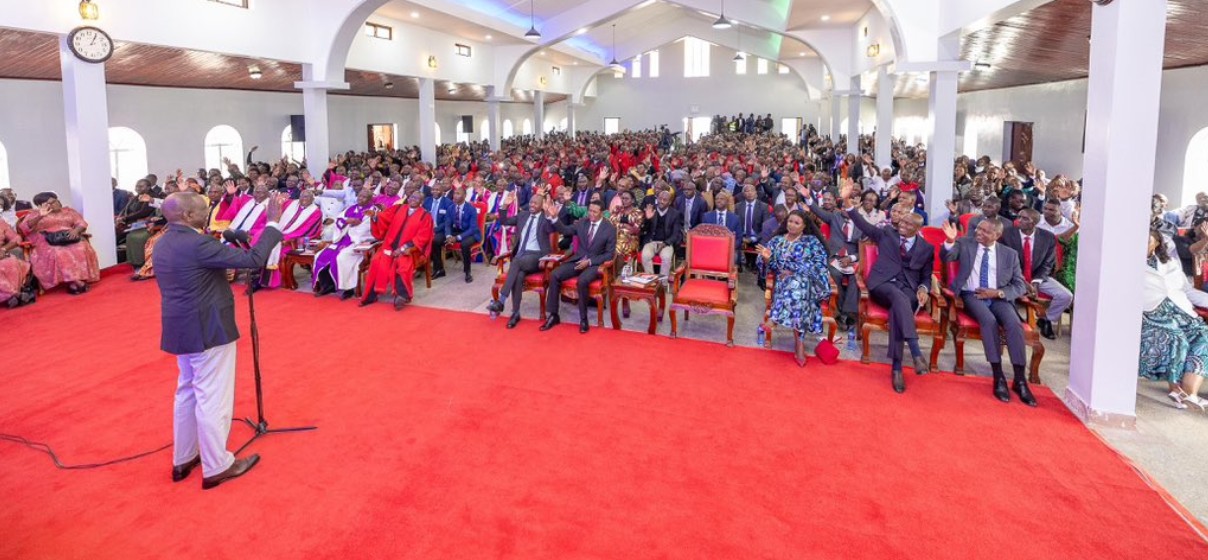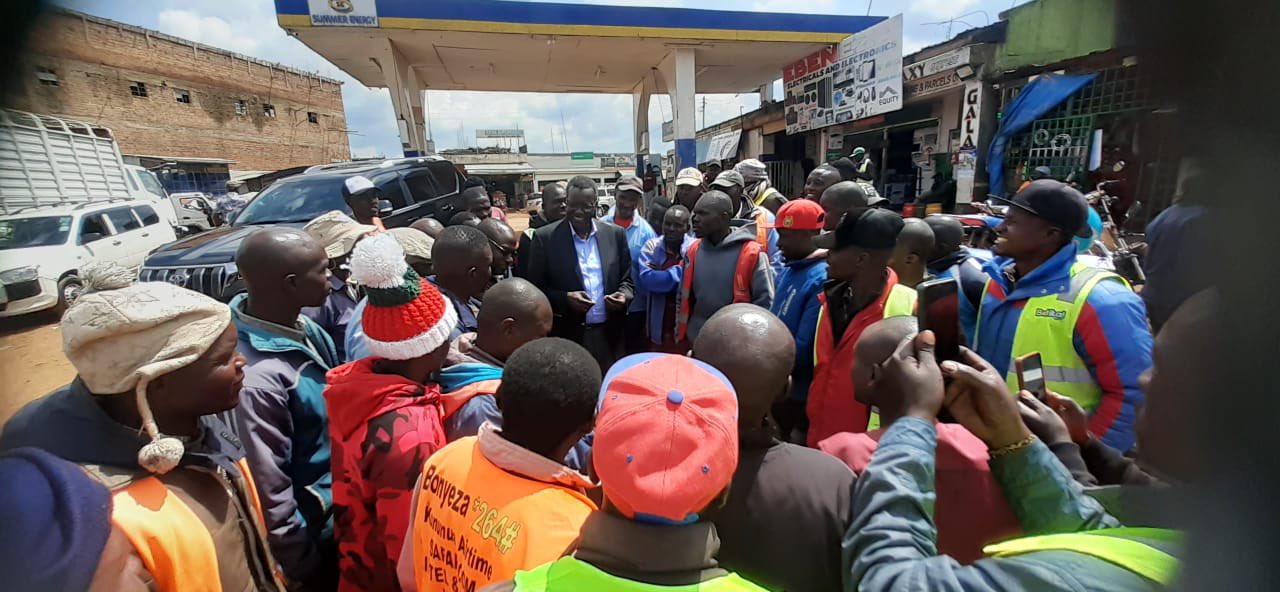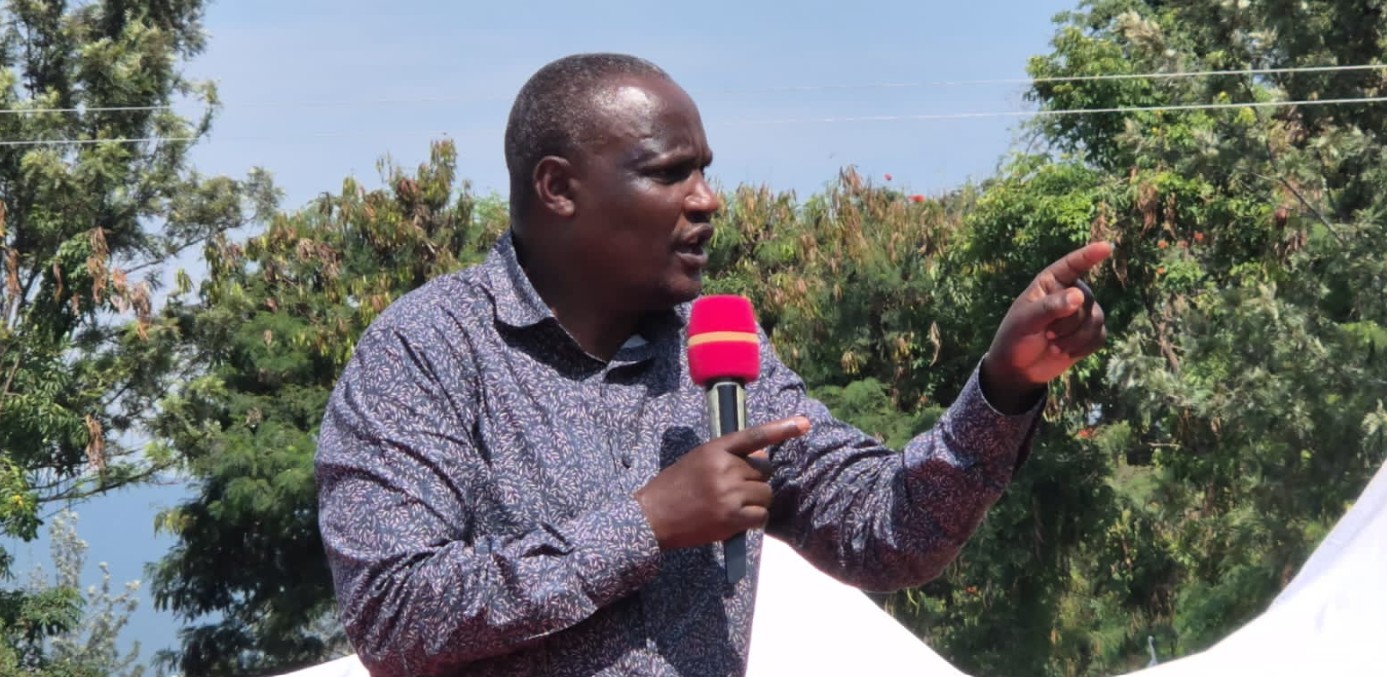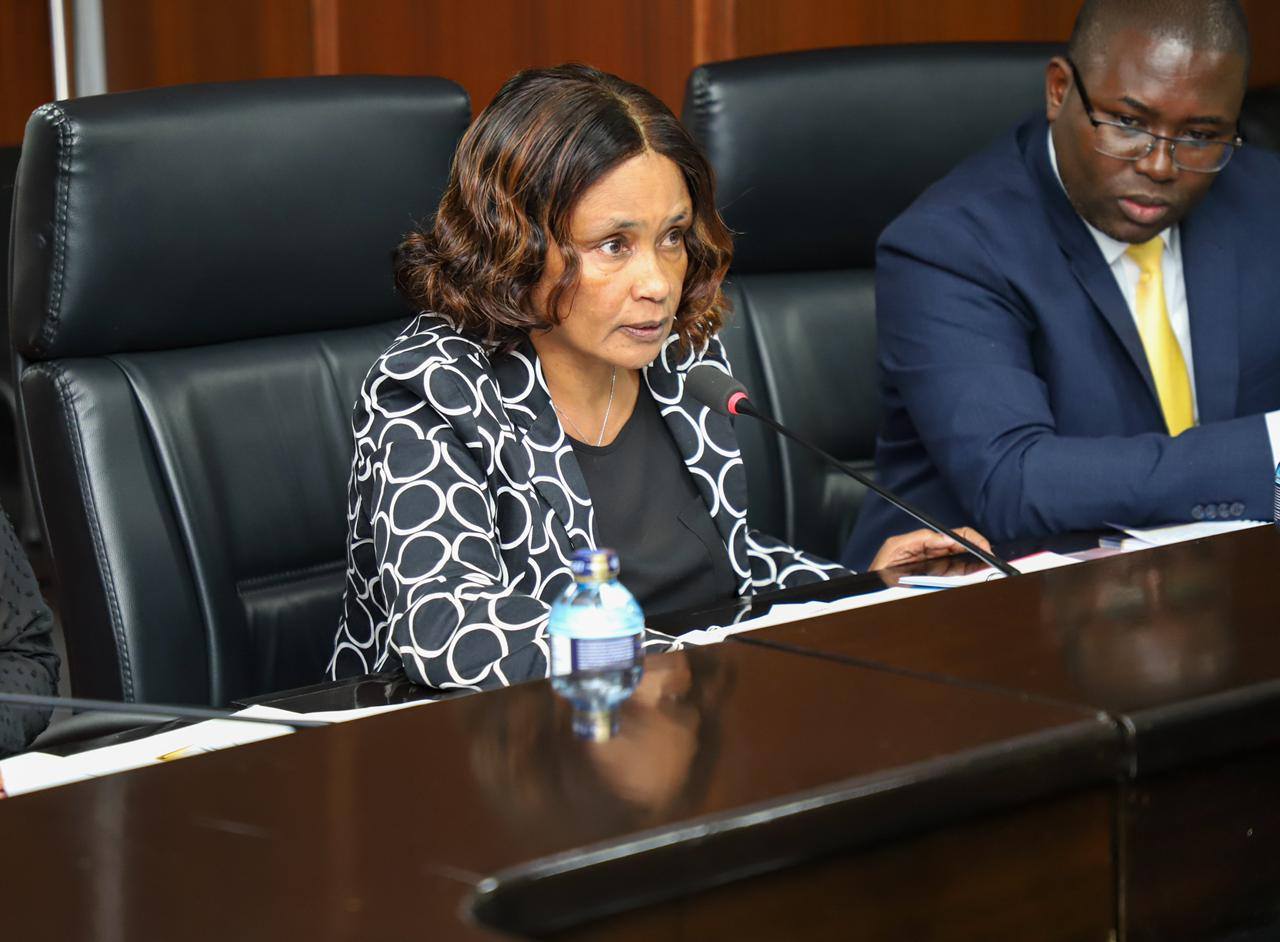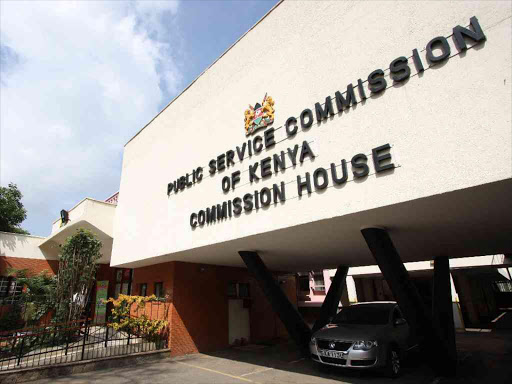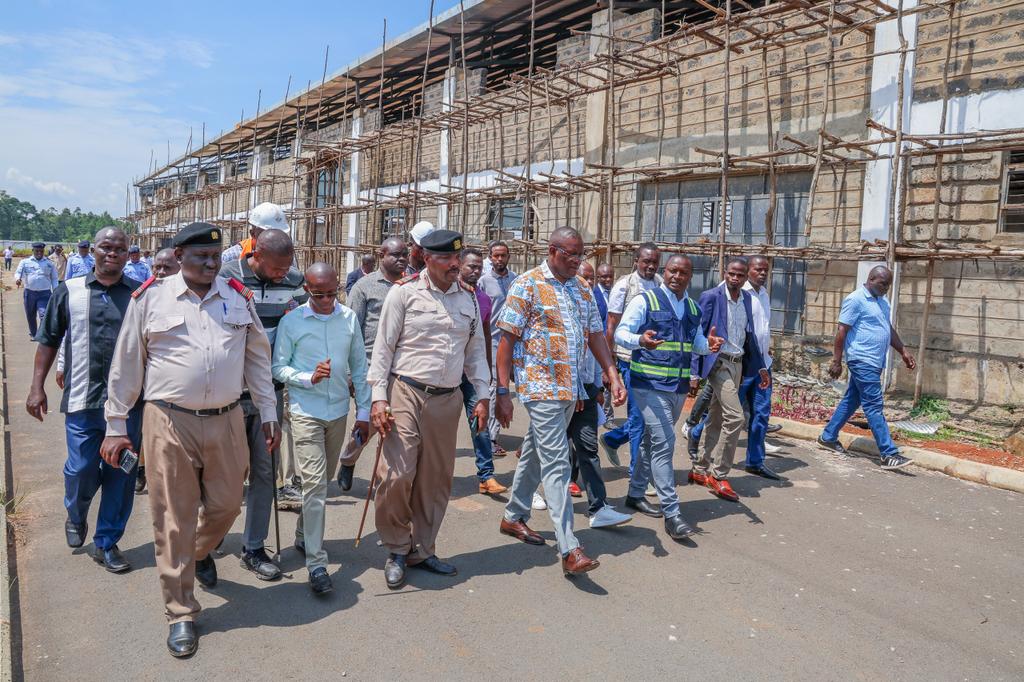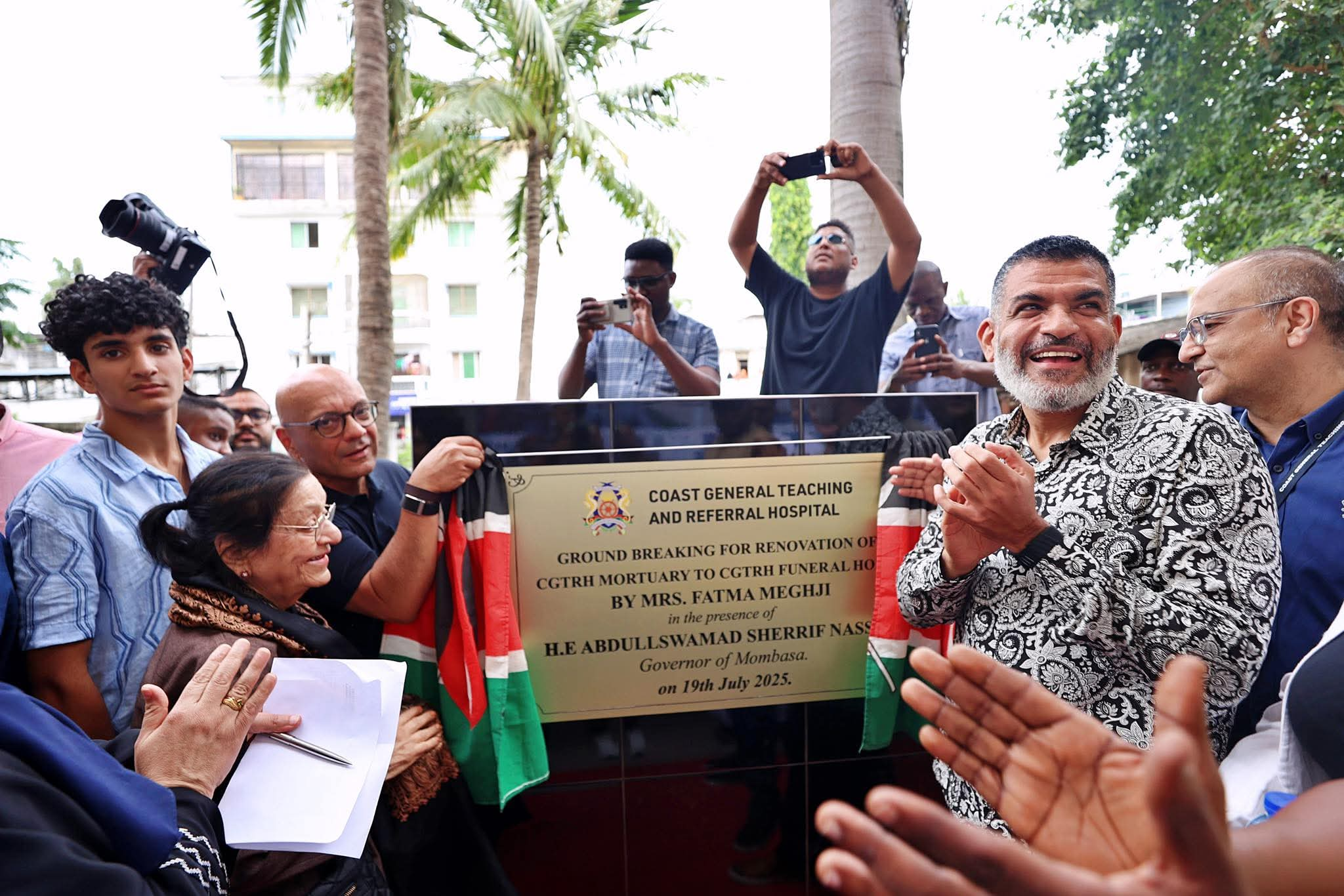State launches direct relief for drought-stricken families amid food scarcity
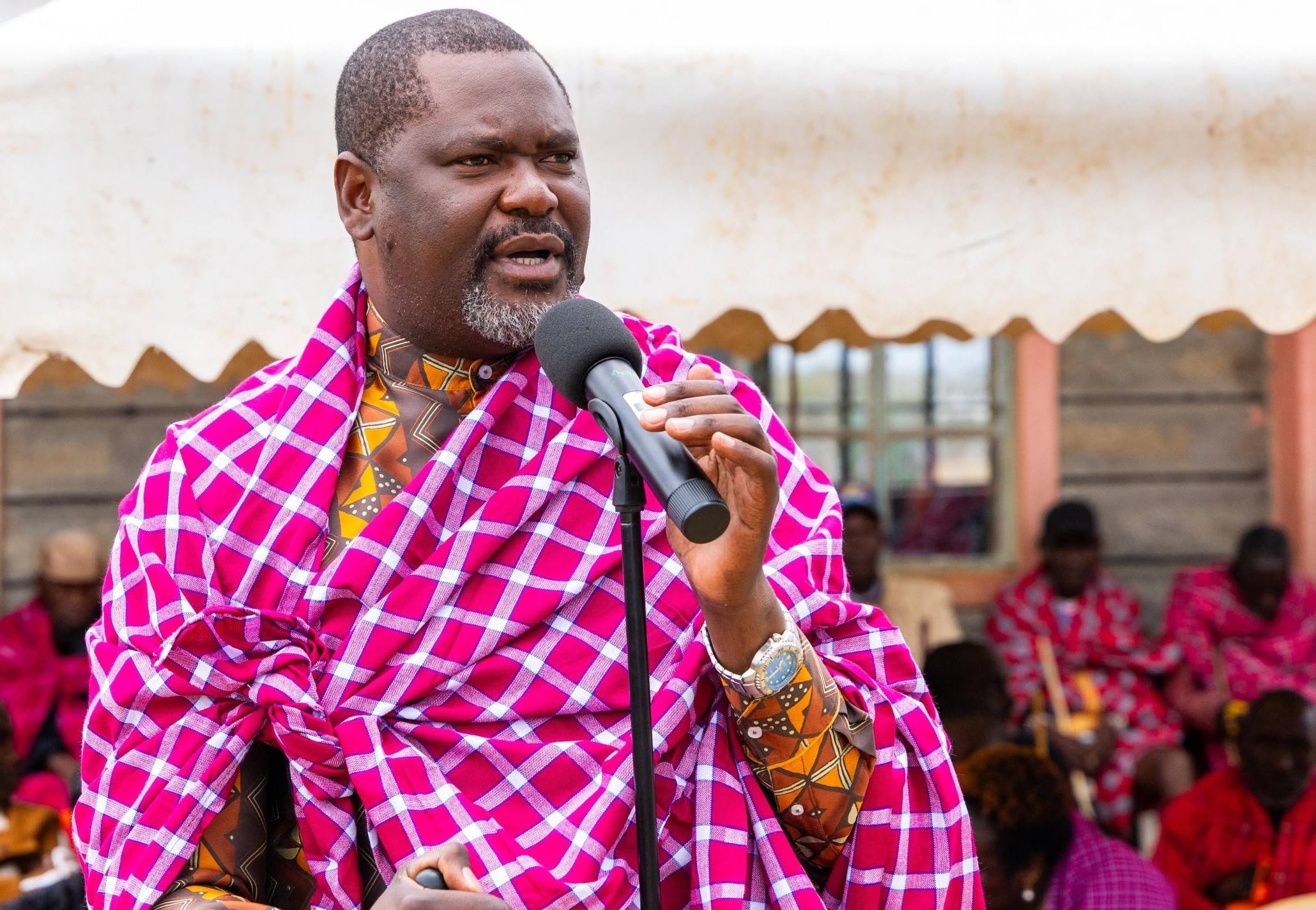
The CS said the department is working closely with multidisciplinary agencies in government, the private sector and humanitarian organisations to develop well-coordinated disaster management and response measures.
In a bid to cushion drought-hit families, the government has rolled out emergency relief interventions in drought-prone areas, targeting vulnerable households.
Families struggling with crop failure and food scarcity will now receive direct relief support as authorities move to mitigate the impact of prolonged dry spells.
More To Read
- Turkana Central residents must enrol with SHA to receive relief food, says state official
- Prolonged dry spell in Garissa worsens as pastures degrade and livestock suffer
- Los Angeles races to contain devastating wildfires before severe winds return
- Severe drought in northern Kenya leaves thousands of children facing hunger
- Countries to update green pledges by February 2025 as current ones fall short
- Youth from pastoral areas push for smart practices to fight climate change
Public Service Cabinet Secretary Geoffrey Ruku said the relief efforts are part of broader, long-term strategies aimed at building resilient food systems as climate change continues to worsen droughts and crop failures across the country.
“Droughts and crop failures are becoming more severe due to climate change. There’s a need for expert-led and community-driven sustainable solutions to build resilient food systems across the country,” Ruku said.
He spoke at Naikarra Ward, Narok West, Narok County, where the government, through the State Department for Special Programmes, delivered emergency relief supplies to vulnerable families.
The CS said the department is working closely with multidisciplinary agencies in government, the private sector and humanitarian organisations to develop well-coordinated disaster management and response measures.
“The State Department for Special Programmes is working with multidisciplinary agencies in government, private sector, and humanitarian organisations to develop well-coordinated disaster management and response measures to reinforce resilience among communities,” Ruku said.
The CS also affirmed the government’s commitment to strengthening disaster response frameworks and enhancing food security in drought-stricken regions.
The move comes as the government launched a strategic roadmap that will guide drought response efforts until 2032. The Second Phase of the Common Programme Framework for Ending Drought Emergencies (EDE CPF II) aims to strengthen resilience and end drought emergencies across the country.
ASALs and Regional Development Cabinet Secretary Beatrice Askul said the framework provides a unified approach to help all stakeholders harmonise their interventions and support sustainable livelihoods in Arid and Semi-Arid Lands (ASALs).
“The persistence of drought in the country, including the national emergency declared in 2021, reminds us that we still have much more to do to ensure sustainable livelihoods,” she said during a high-level consultative meeting on the draft EDE CPF II in Nairobi, in April.
She noted that ASALs make up more than 80 per cent of Kenya’s national landmass and yet remain at the epicentre of climate crises such as droughts.
“These regions are rich in potential, endowed with natural resources, cultural diversity, and strategic economic importance,” Askul said, adding that the government is committed to unlocking the region’s potential.
According to Askul, Kenya now faces increasingly frequent and severe droughts, affecting between 1.5 and 4.9 million people every year. The 2021-2023 drought response alone cost the country over Sh 71 billion, while cumulative losses between 2008 and 2011 were estimated at 12.1 billion US dollars.
“The Ending Drought Emergencies (EDE) initiative is a multi-stakeholder platform focusing on long-term resilience, coordination, and sustainable development to prevent future droughts from escalating into national emergencies,” she said.
She said EDE CPF II focuses on three key priority action areas: investing in development foundations and resilience-building, coordination and institutional development, and knowledge management.
The framework marks a shift from sectoral responses to integrated, systems-level interventions, developed through extensive consultations involving county governments, ministries, the Council of Governors, private sector players, civil society organisations and development partners.
Top Stories Today
